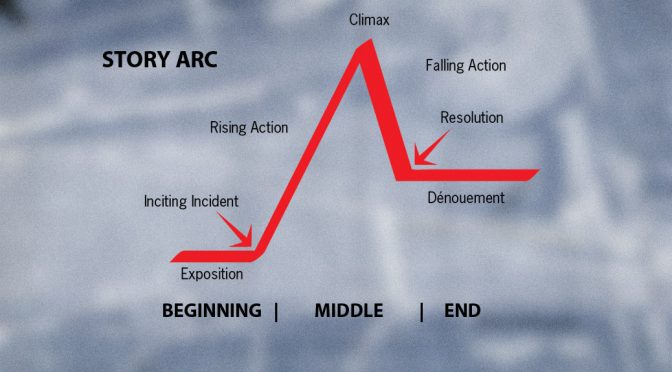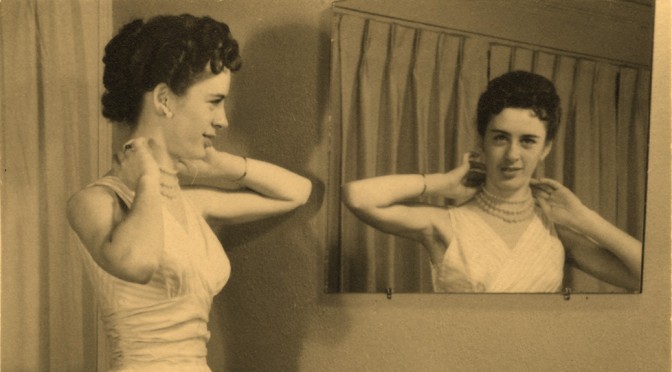Excerpt from “Advanced Thinking in Digital Storytelling” by John Orech
The Writing Process
The foundation of a good digital story is a solid piece of writing that includes a point, dramatic question, and emotional content. In addition to these key elements, I have my students focus on verb choice, observations, and keeping their writing concise.
Precise verbs drive a story.
Action verbs provide a far richer meaning and appeal to the senses better than linking verbs. Looking at my cat Sunny next to me, I might write “The cat was relaxed,” but a better choice would be “The cat lounged on the couch.” Verbs with a definite meaning also help the viewer create a more accurate mental picture of the story. The word “walk” is not nearly as descriptive as “saunter,” “stroll,” “stagger,” “stomp,” or “strut.”
Effective writers must observe carefully.
When viewers observe our stories, they infer meaning. If we make these inferences for them, we cheat our audience. “He was mad,” tells the audience, but “His nostrils flared, his teeth clenched, and his eyes bulged” allows the viewer to draw their own inferences and become a more active participant in the story. Including sensory terms and descriptions allows the audience to create the picture in their minds.
Too much background dilutes a story.
Feeling like they need to set up an entire scene so they don’t confuse their audience, writers often add too much detail. However, a carefully written first sentence can take us right into the story. The viewer will figure out what is happening based on their own experiences.
I had one student who wrote about an incident at a dance camp she attended. Her story initially started with an entire paragraph explaining location, how she got there, when she went, and so on; she transformed the beginning into, “My legs tensed as I waited for my cue; after all the sweat at camp, it was Showtime.” The tone, point, and dramatic question are clearly established: she is a dancer, at a camp, and has prepared for this moment intensely. Now she can tell her story.
Making the Movie
Movement (panning and zooming) can add a dynamic feel to still shots and can aid in developing plot, revealing character, or creating a dramatic effect. When working with my students, I encourage the judicious use of movement. When they grumble about not using video, I share footage from Ken Burns’ documentaries to help explain that brilliant manipulation and stunning effects can be made using still images.
Students need to learn the impact of each movement before they can effectively create interplay between movement and narration.
Continue reading Tips for Crafting Digital Stories











